Character analysis Reading Fiction Worksheets for Ages 5-8
5 filtered results
-
From - To
Explore our engaging Character Analysis Reading Fiction Worksheets designed specifically for children aged 5-8! These worksheets help young readers delve into the personalities, motivations, and journeys of characters in their favorite stories. With colorful illustrations and interactive activities, children will learn to identify character traits, relationships, and experiences, enhancing their comprehension and critical thinking skills. Perfect for both classroom settings and home learning, our worksheets foster a love for reading while developing essential analytical skills. Nurture creativity and imagination as kids go beyond the text, making reading a fun and engaging adventure! Dive into character exploration today!


Fairy Tales Aladdin Printable


Across Genres: Character Check Worksheet
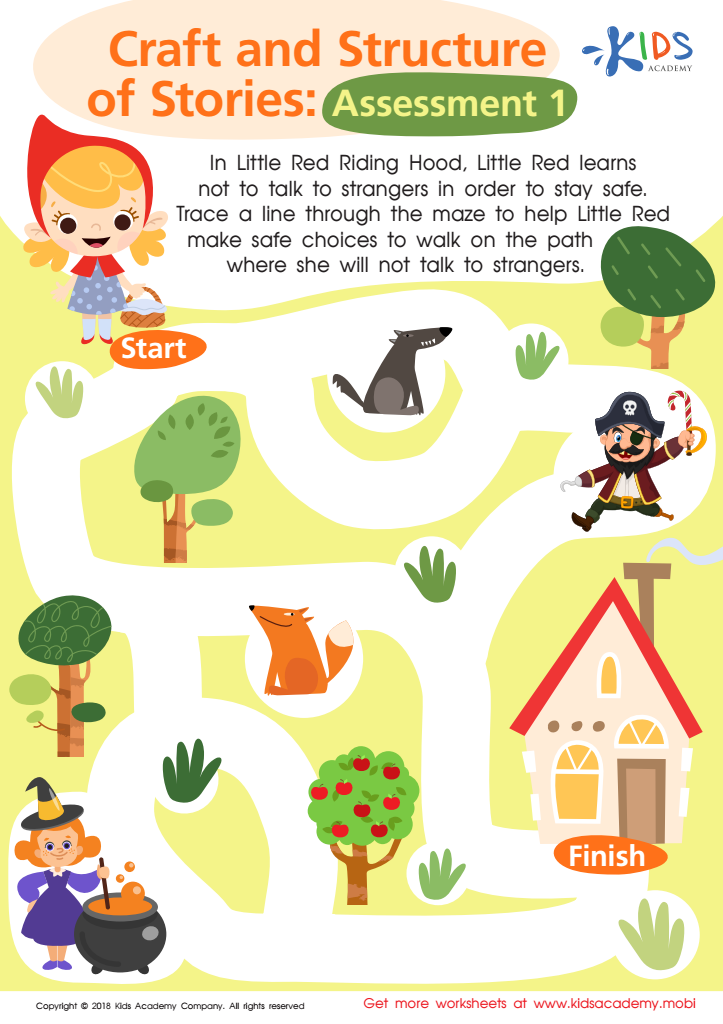

Craft and Structure of Stories: Assessment 1 Worksheet
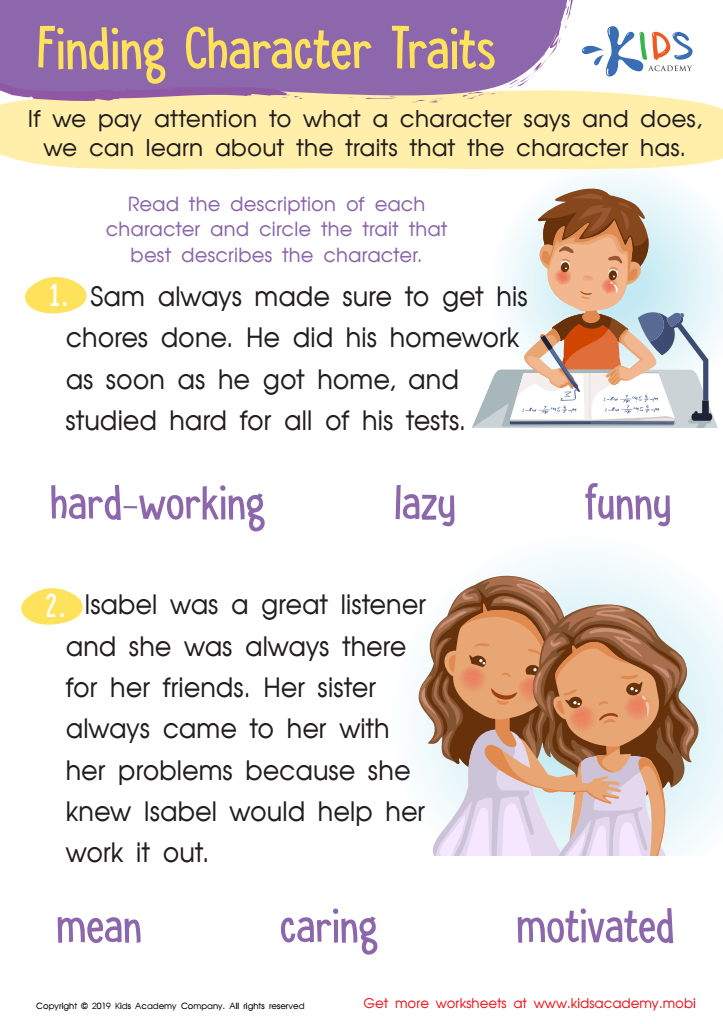

Finding Character Traits Worksheet
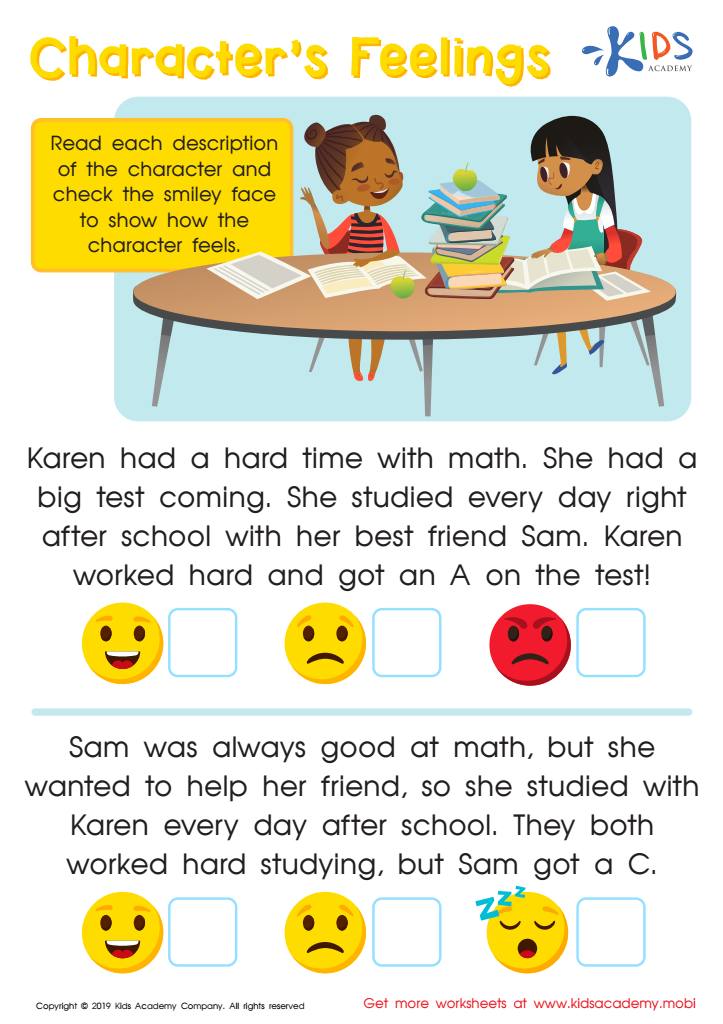

Character’s Feelings Worksheet
Character analysis in reading fiction is a vital skill for children aged 5 to 8, laying the foundation for their understanding of literature and the world around them. Parents and teachers should prioritize this skill because it enhances critical thinking, empathy, and emotional intelligence. By engaging with characters, children learn to observe and interpret emotions, motivations, and relationships, helping them understand diverse perspectives and cultures.
Additionally, character analysis fosters language development. As children discuss characters' traits and actions, they expand their vocabulary and improve their verbal communication skills. These discussions also encourage imagination and creativity, prompting kids to create their own stories and dialogue.
Moreover, understanding character dynamics helps children navigate their social environments. By relating to fictional characters, kids can better recognize their feelings and those of others, which can lead to improved relationships with peers and adults. This skill cultivates inclusivity and respect for differences.
In sum, character analysis is more than just a literary tool; it's a life skill. It nurtures curiosity, compassion, and critical thinking, essential attributes for personal and academic growth. By prioritizing this practice, parents and teachers empower children with competencies that extend far beyond the classroom.

 Assign to My Students
Assign to My Students


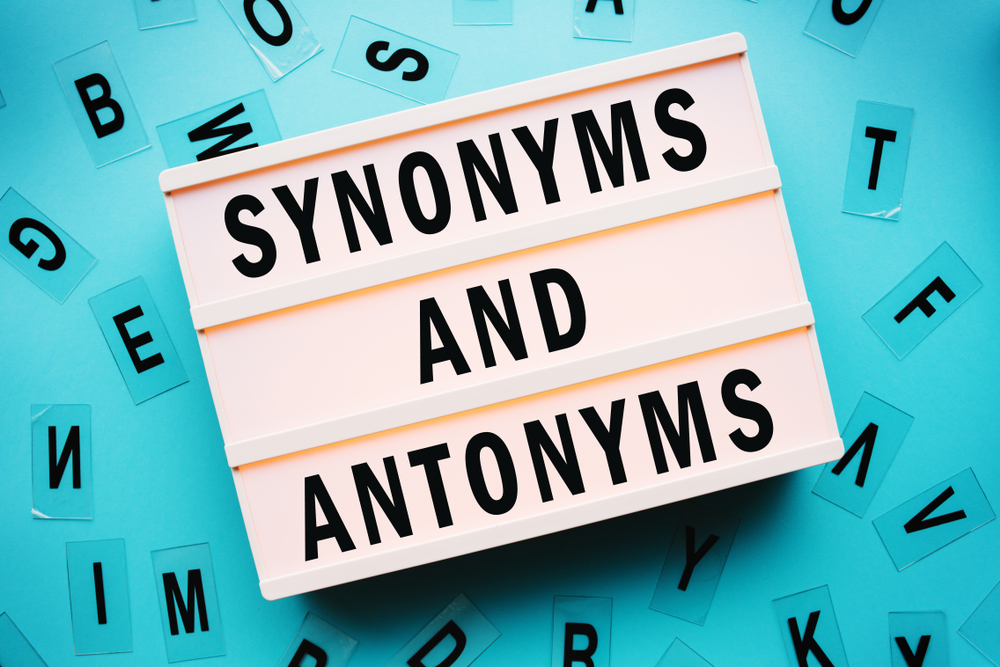
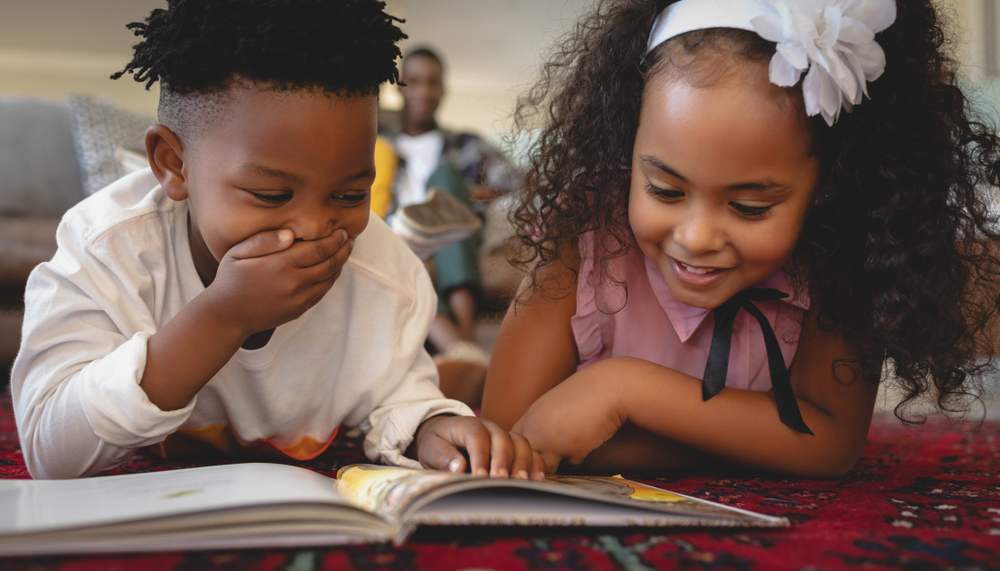
.jpg)











